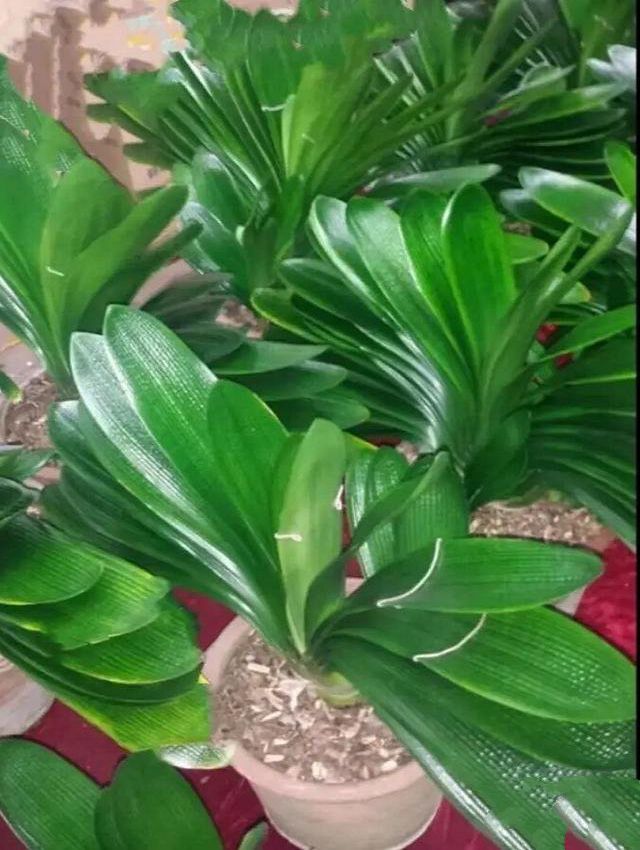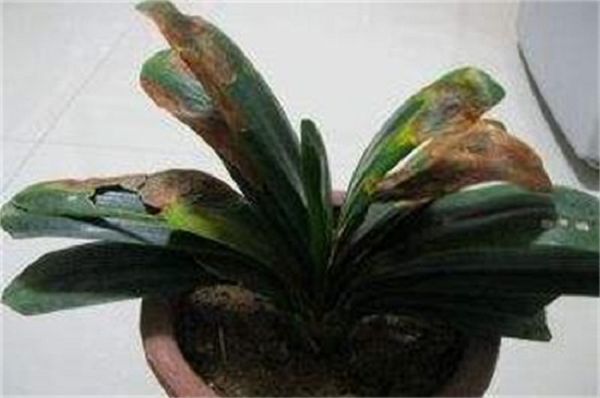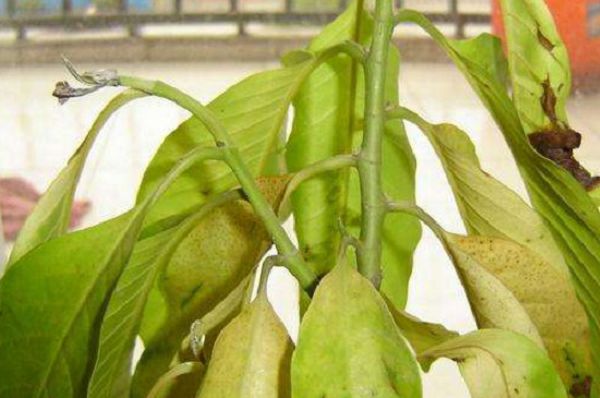What happens when there are too many manure orchids

After the gentleman orchid is fat, the leaves are uneven in length, width and thickness, the leaves become wider and thicker, and the leaves are wrinkled for hypertrophy; without fertilizer, it is difficult to produce fine orchids; Fei Shaolan is still there, at most long bad; fat leaves thick yellow coke tip, undead orchid also crippled!
In the process of growing up, a gentleman needs a lot of nutrients. But fertilization with the season, there are big taboos: avoid thick fertilizer, avoid hot fertilizer; just on the pot do not apply; only grow no application; summer does not apply, dormancy does not apply; sprouting, flowering less, rainy season little or no application, strong orchid less application, pregnant bud stage thin fertilizer application, after anthesis adjustment thin fertilizer frequently application; fleshy root bogey and bottom fertilizer direct contact, there must be foot mud isolation; unripe organic fertilizer rejected to prevent burning root infection!
The two dormant periods are not applied: 3-11 degrees above zero and 25-35 degrees above zero. Air-conditioned room temperature below 25 degrees can be once a month thin pancake fat liquid. Fertilizer must be stopped during the dormant season from July to September in summer.
Gentleman orchid likes fertilizer, and it is nothing more than nitrogen, phosphorus and potassium. Fertilization must be carried out in the normal growth period and in the healthy state of the plant. Change the soil immediately for the fertilization of diseased plants. After fertilization, the plant growth is good, and the leaves with dark green and glossy leaves are normal; it is found that the sudden increase and thickening of leaves with wild growth is excessive fertilization, and the fertility should be immediately stopped or diluted by heavy water. The appearance of leaves hypertrophy, no scorched tip, yellow edge rotten leaves and constantly spread off the pot to check the roots, cut and disinfect the soil and raise it in a cool place.
Nitrogen fertilizer: used for orchid seedlings for less than three years, promoting thick, wide leaves and bouncing lines; no nitrogen fertilizer is applied to prevent overgrowth of leaves during the bud period from December to January.
Phosphate fertilizer: pregnant buds promote flower bud differentiation and formation, and potash fertilizer has a better effect on strengthening roots.
Potash fertilizer: potash fertilizer to raise roots is also the primary task of raising magnolia. There is a good product. Apply flowers after pollination to ensure the formation of embryos, the dosage should not be too large. Potassium mostly inhibits physiological growth.
Related
- Is the orchid suitable for indoor use? Is it good for the body?
- How to prevent the empty root of orchids?
- What to do after the crab claw orchid is withered?
- Why are the leaves of orchids always yellow? Fertilizing and watering.
- Can the root of the gentleman orchid be saved if it is rotten?
- Diagnosis and treatment of cotton-blowing beetle insects in Cymbidium
- There is a way for a gentleman's orchid to rot.
- What is the most suitable temperature and humidity for the orchid?
- How to raise a gentleman's orchid? Cultivation techniques of Cymbidium
- How to prepare the nutritive soil for the cultivation of Cymbidium



